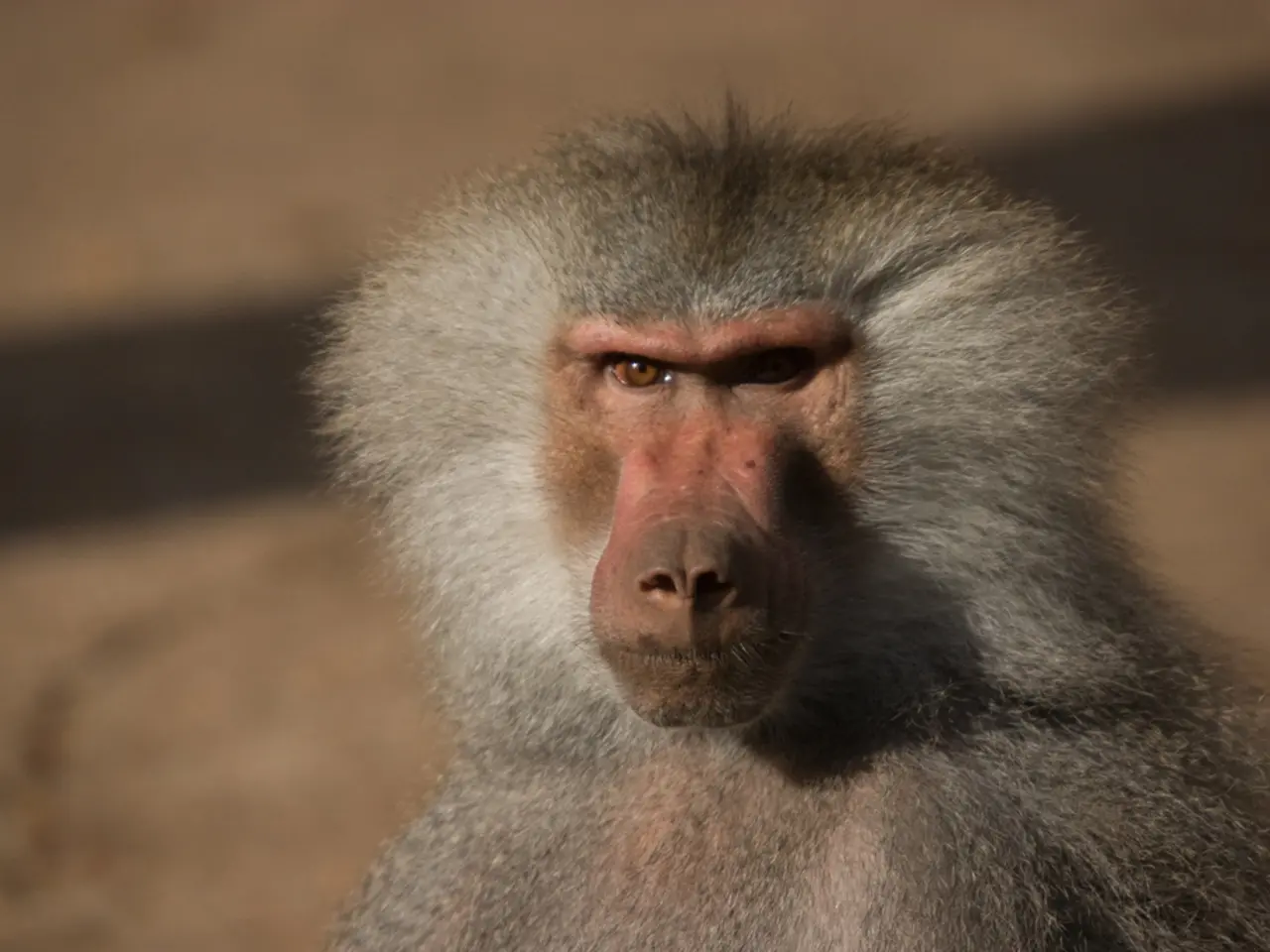Nuremberg Zoo's Baboons at Risk: Justifying Their Demise
In a contentious turn of events, the Nuremberg Zoo has announced plans to euthanise a number of healthy Guinea baboons due to overpopulation in their enclosure. This decision has sparked widespread protest from animal rights and welfare organisations, who argue that it violates animal protection laws.
The zoo houses around 280 Guinea baboons across ten European zoos, including the Nuremberg zoo since 1942, as part of a European breeding program for endangered species. However, the group of Guinea baboons at the Nuremberg Zoo has grown to 43 animals, making it too large for the enclosure, leading to increased conflicts and injuries.
The practice of euthanising healthy animals in zoos, primarily due to space limitations, population management needs, or preventing inbreeding, is a controversial one. It occurs in many European zoos to manage animal populations and resources. Euthanasia is legal under certain circumstances, such as severe health problems or chronic suffering, population control and space constraints, and public health concerns.
In this case, the zoo claims that the decision is necessary to maintain welfare standards and prevent further harm. However, animal welfare organisations argue that the animals are being killed due to lack of space, while the giraffe house is being extensively renovated and expanded.
Peta and Pro Wildlife have announced they will file a criminal complaint if killings occur at the Nuremberg Zoo. The Animal Welfare Act does not specifically address the killing of zoo animals, and the debate on whether there is a reasonable cause for this action is ongoing.
Re-wilding is not an option due to the risk of introducing harmful germs into the environment that could be fatal for wild Guinea baboons. The zoo has moved 16 animals to other zoos since 2011, but options for relocation are now limited.
Judith Benz-Schwarzburg, an animal ethicist, finds the argument that zoos should continue breeding Guinea baboons for conservation purposes to be fundamentally questionable. The goal is to breed reserve populations of threatened species in zoos to release them into protected areas in the future. However, the Nuremberg Zoo has rejected offers from other facilities to take in the overcrowded baboons due to lack of clarification about keeping conditions and concerns about contributing to illegal wildlife trade.
As the Nuremberg Zoo prepares for a possible legal dispute, the future of these Guinea baboons hangs in the balance. The controversy highlights the ongoing debate about the role and ethics of zoos in modern society, with some arguing they are outdated and a colonial legacy, similar to human zoos where people from other cultures were exhibited until the 1950s. The practice of euthanising healthy animals remains a highly controversial and ethical issue, subject to debate and public scrutiny.
The Nuremberg Zoo, amidst criticism from animal welfare organizations, is contemplating home-and-garden changes involving the euthanizing of healthy Guinea baboons. In this respite, the sprawling home-and-garden restructuring, including a giraffe house renovation, is underway.




